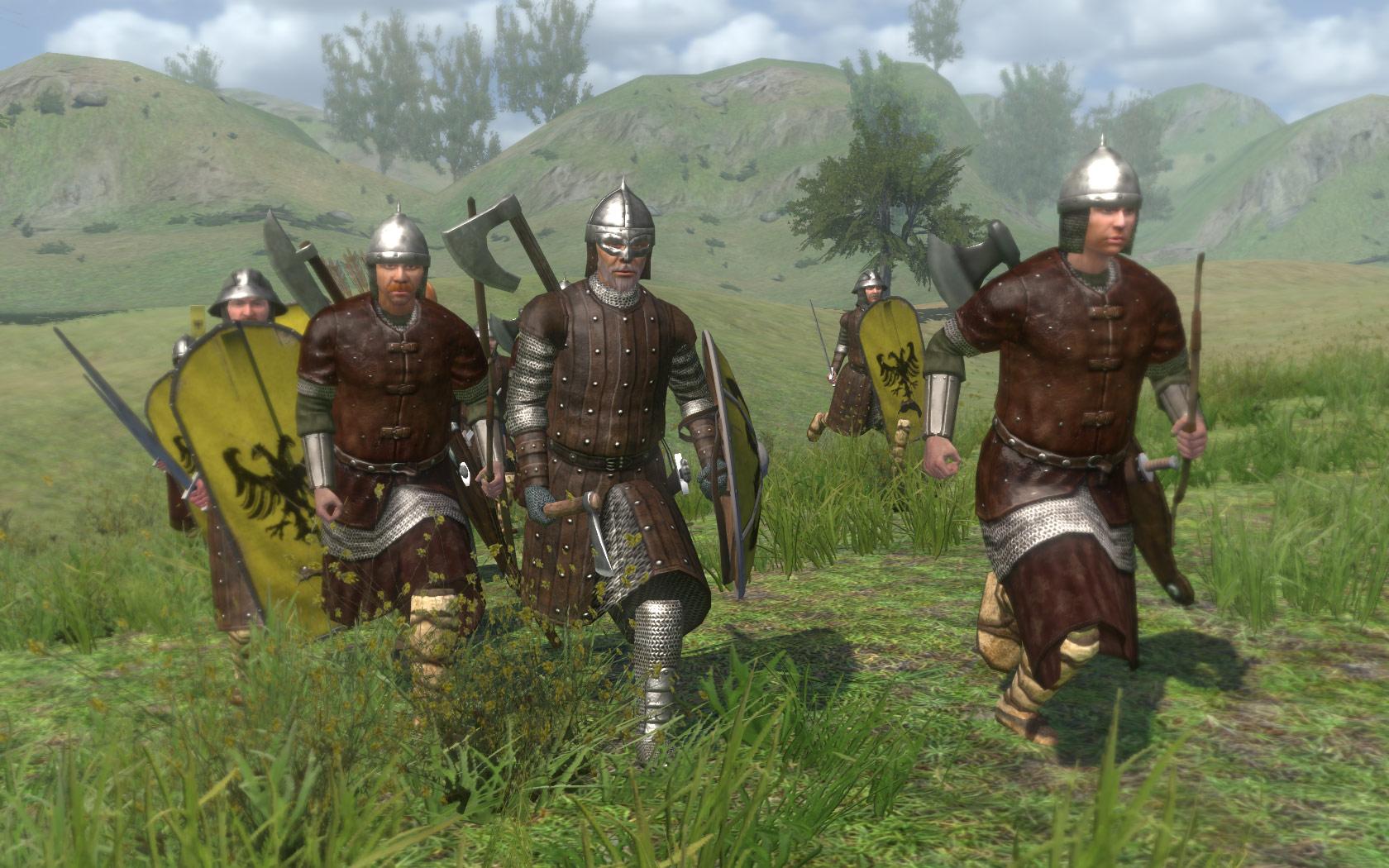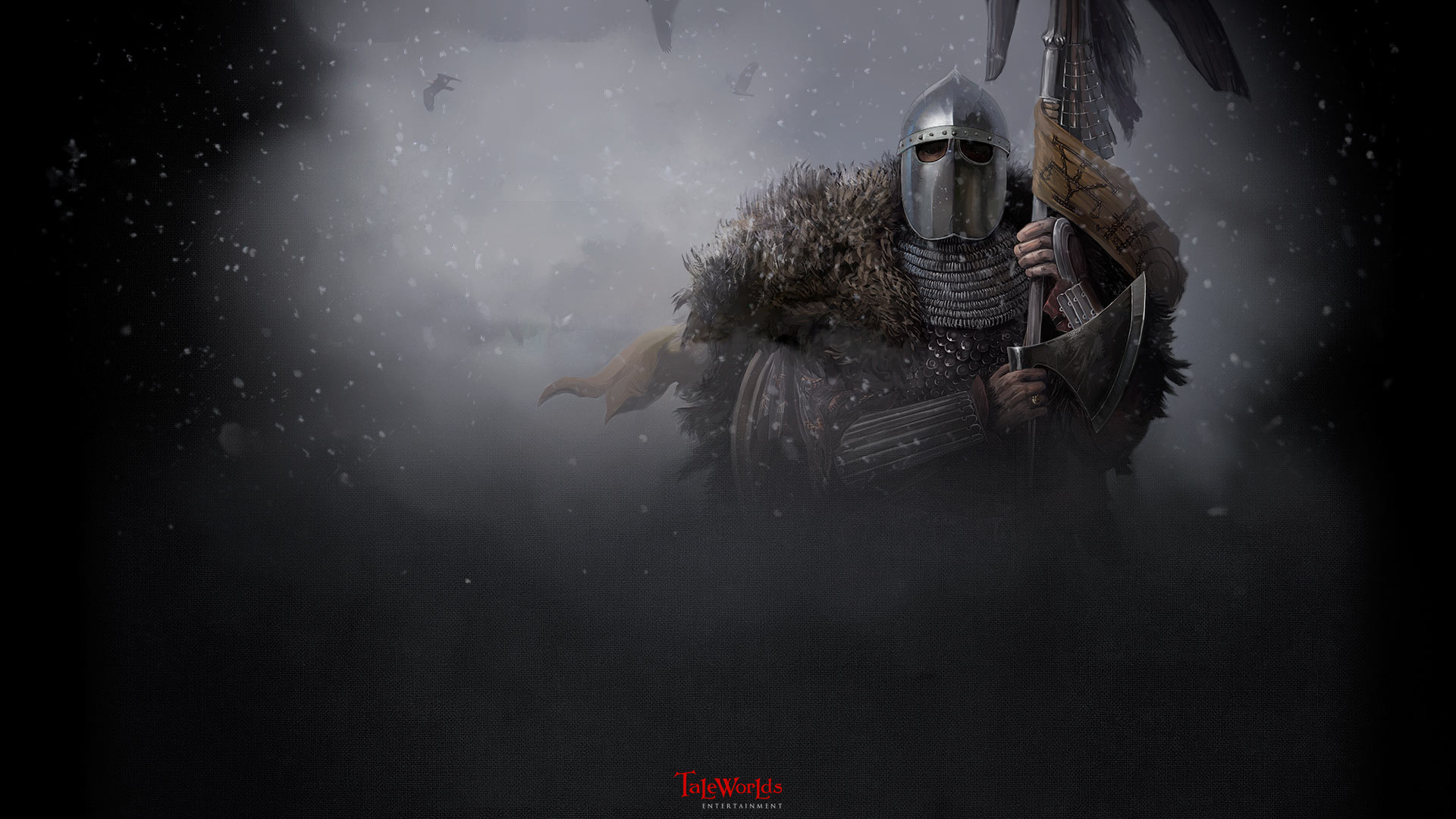
Kojiri ( 鐺): The kojiri is the end of the saya or the protective fitting at the end of the saya also traditionally made of buffalo horn. Koiguchi ( 鯉口): The koiguchi is the mouth of the saya or its fitting traditionally made of buffalo horn. Kōgai ( 笄): The kōgai is a spike for hair arranging carried sometimes as part of katana-koshirae in another pocket. Kashira ( 頭): The kashira is a butt cap (or pommel) on the end of the tsuka. Kaeshizuno ( 返し角): a hook shaped fitting used to lock the saya to the obi while drawing. 
Habaki ( 鎺): The habaki is a wedge shaped metal collar used to keep the sword from falling out of the saya and to support the fittings below fitted at the ha-machi and mune-machi which precede the nakago.

 Fuchi ( 縁)': The fuchi is a hilt collar between the tsuka and the tsuba. Mount Fuji is officially open for climbing during July and August via several routes.A diagram of a katana and koshirae with components identified. If you want to enjoy Mount Fuji at a more leisurely pace and from a nice natural surrounding, you should head to the Fuji Five Lake (Fujigoko) region at the northern foot of the mountain, or to Hakone, a nearby hot spring resort. Visibility tends to be better during the colder seasons of the year than in summer, and in the early morning and late evening hours than during the middle of the day. Note however, that clouds and poor visibility often block the view of Mount Fuji, and you have to consider yourself lucky if you get a clear view of the mountain. If you take the shinkansen from Tokyo in direction of Nagoya, Kyoto and Osaka, the best view of the mountain can be enjoyed from around Shin-Fuji Station on the right hand side of the train, about 40-45 minutes into the journey. It stands on the border between Yamanashi and Shizuoka prefectures and can be seen from Tokyo and Yokohama on clear days.Īnother easy way to view Mount Fuji is from the train on a trip between Tokyo and Osaka. Mount Fuji is an active volcano, which most recently erupted in 1707.
Fuchi ( 縁)': The fuchi is a hilt collar between the tsuka and the tsuba. Mount Fuji is officially open for climbing during July and August via several routes.A diagram of a katana and koshirae with components identified. If you want to enjoy Mount Fuji at a more leisurely pace and from a nice natural surrounding, you should head to the Fuji Five Lake (Fujigoko) region at the northern foot of the mountain, or to Hakone, a nearby hot spring resort. Visibility tends to be better during the colder seasons of the year than in summer, and in the early morning and late evening hours than during the middle of the day. Note however, that clouds and poor visibility often block the view of Mount Fuji, and you have to consider yourself lucky if you get a clear view of the mountain. If you take the shinkansen from Tokyo in direction of Nagoya, Kyoto and Osaka, the best view of the mountain can be enjoyed from around Shin-Fuji Station on the right hand side of the train, about 40-45 minutes into the journey. It stands on the border between Yamanashi and Shizuoka prefectures and can be seen from Tokyo and Yokohama on clear days.Īnother easy way to view Mount Fuji is from the train on a trip between Tokyo and Osaka. Mount Fuji is an active volcano, which most recently erupted in 1707. 
It is not surprising that the nearly perfectly shaped volcano has been worshiped as a sacred mountain and experienced big popularity among artists and common people throughout the centuries. Mount Fuji (富士山, Fujisan) is with 3776 meters Japan's highest mountain.








 0 kommentar(er)
0 kommentar(er)
